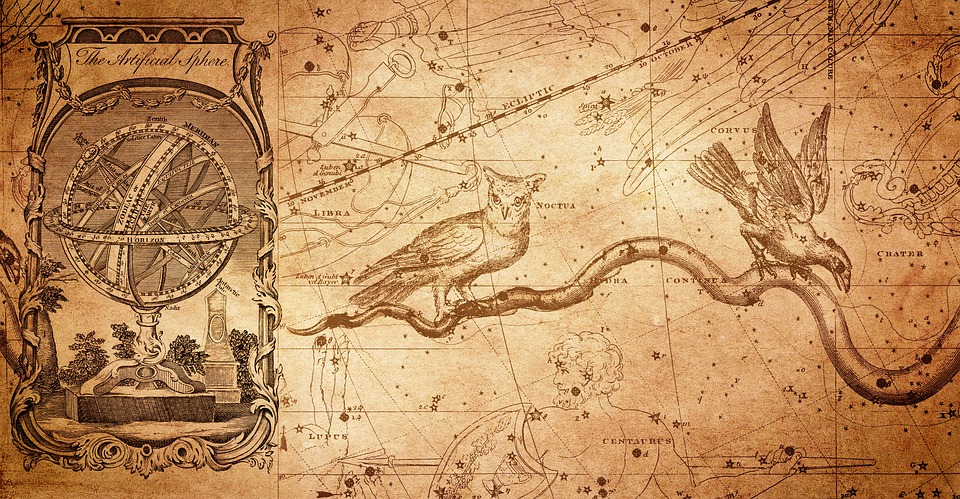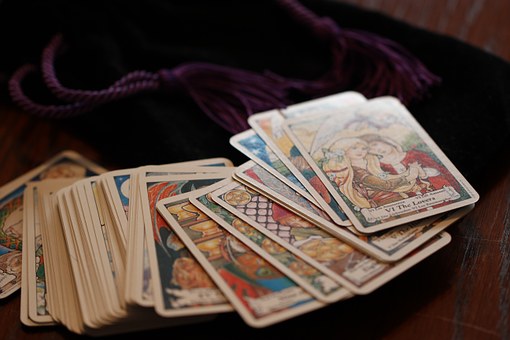Any substance or condition that is harmful to the body can be considered a toxin. The response of the body to toxins depends on both the susceptibility of the person and the nature of the toxin. Responses to toxins vary widely from person to person. The nature of toxins also varies widely.
Tag: person
Practice #43: How to Clear a Person
Clearing of a person is a standard practice for magicians. There are many reasons for which a clearing may become necessary. Persons who are involved in magical practice but who do not have yet the authority to control energies of a higher order (“spirits” may become possessed. The entity that has a good mental capability seeks to gain a permanent point to manifest. This process is like a stone falling to the ground. It’s a natural characteristic of any entity, even a “good” one. It’s preferable not to be possessed by any entity – neither by a demon nor by an angel. A human being with its Divine spark is born to have control at all times. Possession by a demon, an angel, or a channeled entity is against human nature. Consequently human beings have a desire to rid themselves from these entities. There are many ways in which possession can occur.
Amr
by Brian Edward Rise
Son of Arthur, allegedly slain (noted cryptically in an appendix to the Historia Brittonum) by his father in some unknown conflict. Said to be buried under a shifting mound in the Welsh region of Ercing near the source of the Gamber in present day Herefordshire. He is sometimes called Anir. The Welsh romance Geraint speaks of an Amhar, son of Arthur as one of four squires attending the royal chambers. Indubitably the same person, the relative unimportance of his stature (he is not even named first among the squires) is taken as a sign of his illegitimacy.
Namaste – Meaning and Usage
by Anja Heij
The term Namaste is commonly used within new-age, yoga and reiki circles. It is a respectful greeting, both as a welcome and a saying good-bye. This Sanskrit word was brought to the western world by spiritual seekers in India and Nepal. I’m sure it has become so popular because this salutation addresses the inner man, where western greetings focus on attention for the outer person.
0 – The Fool
by Anja Heij
This card has no. 0 because it represents the life-phase of the unborn child, pure creativity. (The figure inside the womb). It represents the openminded, innocent attitude of both the unborn baby and the wise person, who know that they actually know nothing; they show a complete openness to the wonders of life. There is no fear, the biting tiger (symbol of fear) does not bother him. The fool is adventurous and just about to jump into life.
On inner light – Albert Schweitzer
“At times our own light goes out and is rekindled by a spark from another person. Each of us has cause to think with deep gratitude of those who have lighted the flame within us.”
Albert Schweitzer
Mana
by Alan G. Hefner
Nearly all languages had a cognate of this word, the basic meaning of which was maternal power, moon-spirit, magic, supernatural force, and a title of the Goddess. Mana came back into English from anthropological studies in the South Pacific, where the word was described as follows:
Mana is the stuff through which magic works…proceeding immediately from the nature of the sacred person or thing, or mediately because a ghost or spirit has put it into the person or thing…The cult of the relics of the saints springs from the belief that their bodies, whether living or dead, possessed Mana.






